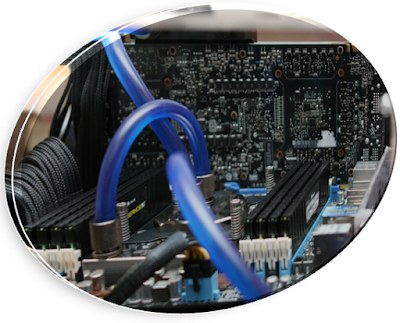When many people think of PCB, they picture knowledgeable development teams working with customers to help them create their preferred custom design. While most professional companies in the printed circuit board industry provide some sort of technical support to help buyers get what they want, this method is somewhat dated. Working with a team every step of the way can be tedious, time-consuming, and expensive. Coordinating schedules can be difficult, and the process can sometimes be rushed, leading to less-than-optimal results. For this reason, many organizations have begun using PCB design software. This high-quality platform simplifies the creation process for circuitry and even handles troubleshooting ahead of time.
Why Has PCB Layout Software Become Popular?
Creating a printed circuit board is complicated, especially when it comes to custom designs. While most people who are in the market for these types of devices have some ideas as to what they’re looking for, it can be difficult for even the most knowledgeable individual to know exactly what a given company offers in terms of parts and files. In addition to this, coordinating schedules with development teams can be difficult. This type of platform provides users with the freedom they need to design their own custom board. In addition, they have access to the same type of insight a development team could give them.
Putting Users in Control of the Process
Every company has something different to offer when it comes to parts and files used in their PCB. This is why most modern design software platforms give customers access to a full list of these parts and files, making it easy for them to design their own configurations in accordance with the company’s capabilities. This type of user-friendly option puts customers in control of their process and gives them the ability to adapt their design as necessary.
Error Alerts and File Checking Capabilities
It can be frustrating to complete a design, only to find out that it has issues resulting from oversights in the design process. This often leads to long, frustrating, and expensive processes of upgrades and corrections. In order to circumvent this problem, many types of design software have built-in error checking capabilities. These programs use algorithms that are designed to automatically catch compatibility issues and missing files. Even the most skilled programmer may miss an error, but by automating the process of checking for these issues, companies can minimize the possibilities that customers will experience issues with their products.
Minimizing the Stress Associated with Implementation
Implementing new hardware can be very exciting, but it can also be stressful if there are problems with the devices. While it is common for companies to offer support services to individuals and organizations who have purchased products from them, a product that is configured properly during the design process can be integrated into a new environment smoothly. Design software does more than help customers customize their boards – it allows them to minimize the chance of errors.






